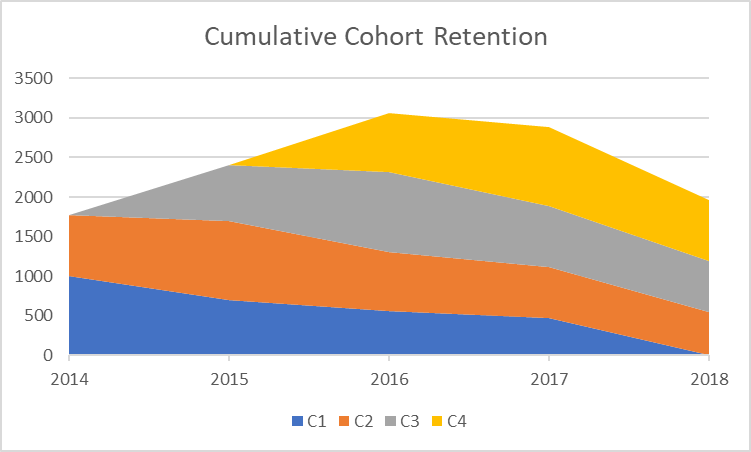The summer months are very important to a campus. As a Community College, how these months are spent may impact fall head count calculations, which will then determine the allocated budget. As a University, summer activity culminates with the arrival of students on campus in late summer. Every day counts.
There are a couple of ways that institutions can capitalize on summer months, and the direction differs by the type of the institution.
FundFive focuses on four techniques as part of a framework of services geared to helping an institution prepare, and our combined approach forms a framework for ensuring that the summer months are focused on a successful start to the semester:
-
Class Forwarding
-
Consistent Measures
-
Early Service
-
Energy Infusion
Class Forwarding
Institutions are encouraged to look closely at the wait-lists for courses taught in the spring semester, and then market those courses to your existing students. Using the existing cost/revenue formula, an institution can then decide which courses are financially worth pursuing. However, refrain from using the same decision-making process used during the fall or spring semesters. Since measuring retention from this subgroup as related to the general population of students will be simple and fast, you will be able to determine in a matter of a few months if this technique works for your institution.
By looking at course fail rates, an institution can detect the common academic gaps. Rather than simply providing your students with the ability to retake courses, market common courses to a group of your students who usually need guidance to understand their academic gaps. Depending how good your detection of academic need is, you may be able to charge a premium for these services.
"Academic quality is a requirement, but it will not determine the success of this program. The experience of a student taking summer courses can be superior to that of a course offered during a regular semester. It will depend on the ability of the institution to resist the expected summer slowdown. Not all learning must be confined to the traditional structure of the typical academic calendar."
Consistent Measures
As a practice, institutions should break summer attendance headcounts by FTE, RFTE (Reduced Summer FTE), returning new and non-degree students, and other characteristics. Add in open house headcounts, the number of SAT/ACT scores received, the number of paid deposits, and the number of pre-registrations, and your enrollment forecast becomes clearer. Using these metrics, relate this number to the upcoming fall enrollment.
The first year that an institution does this, the data will be interesting. When the second year comes around, the data becomes curious. By the third year, your institution will be able to calculate fall enrollment in June within a 15% +/- error rate.
"The measures listed above are simplified to get you started. What you measure is important, but it is not nearly as important as measuring it consistently."
Early Services
The introduction of services earlier in the enrollment process demonstrates that an institution is now starting to wade into moving larger, more strategic pieces. The number and types of early engagement programs that an institution can create for an upcoming class are endless. Ignore best practices. Instead, ask what would work best for YOUR institution, and start placing focus on introducing new services based on that need. Such programs can be centered around academics, or perhaps more focused on the student experience. Rather than cite examples, we encourage you to work with the leadership at your institution, brainstorm, and enact the ideas that your team develops.
Energy Infusion
This point is deeply strategic, as it requires commitment and involvement from the entire institution. We suggest that the institution utilize the summer months to freshen up facilities that are usually booked solid during the year. The tendency that most colleges have is to increase summer utilization by filling residence halls and facilities during the summer months as much as possible, which helps generate income.
Use an existing campus formula to measure summer income versus any potential income from increased retention or a larger freshman class. Success will absolutely depend on your ability to capitalize on the value of what you are doing by communicating energy and action to your students. If you can do that, they will respond.




